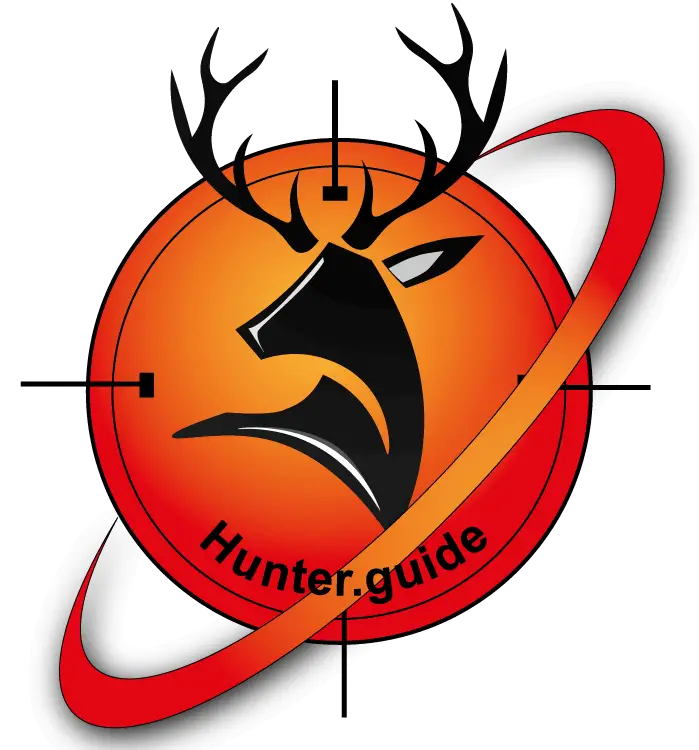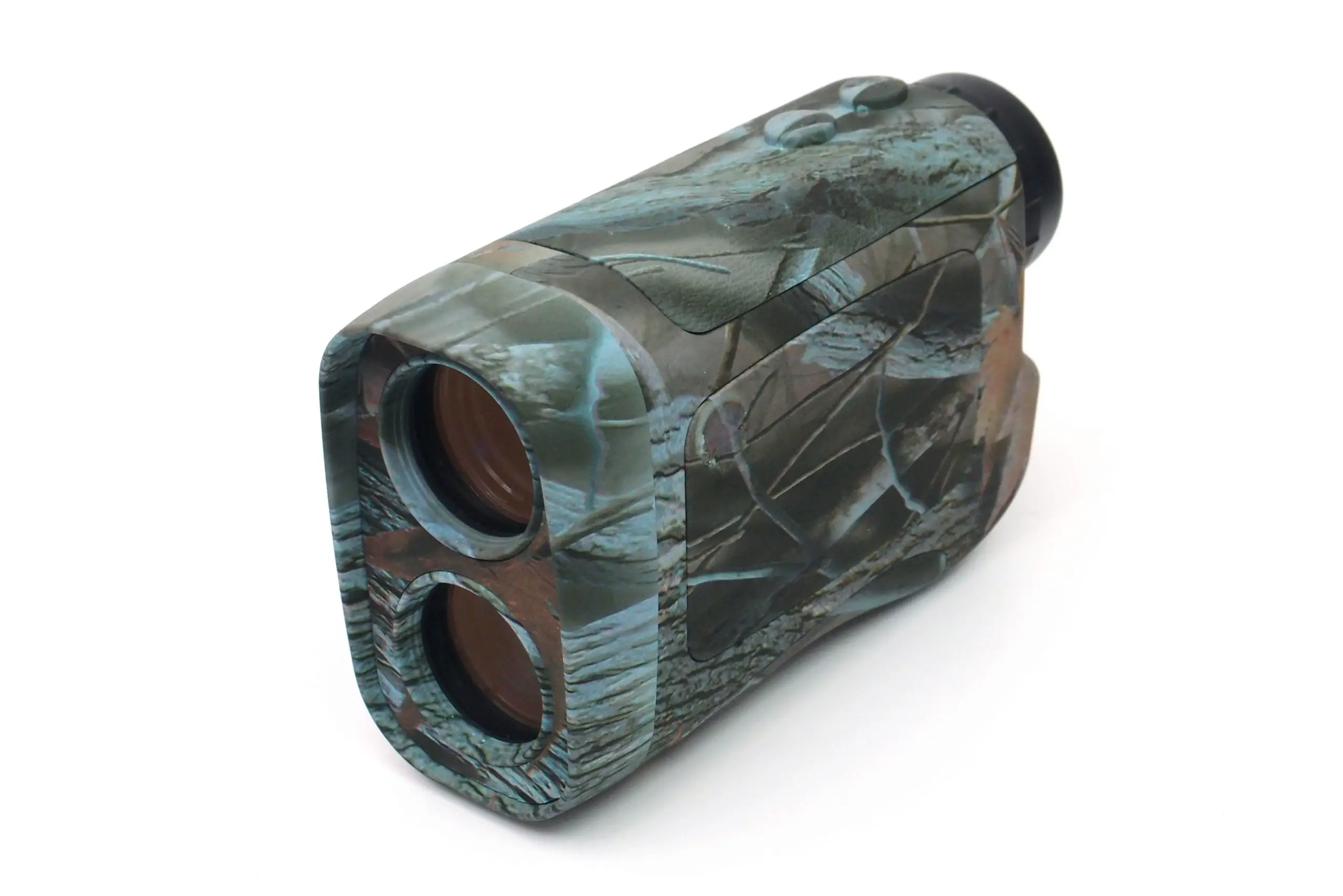Last Updated on May 13, 2023 by
Rangefinders are devices with a camera lens which form a sharp picture. They calculate the distance from you to the desired target. Due to our latest technology-based, the rangefinders’ features have drastically improved. They have replaced binoculars almost completely.
Rangefinders are used for hunting, trekking, golfing, photography, and even in the military. Here are the best brands rangefinders specially designed for hunting
Bushnell Hunting Laser Rangefinder 202640

This laser rangefinder works with infrared energy pulses. It provides instantaneous accuracy and is safe to the eye. Except hunting, it is often used for 3D archery.
Specifications:
.Durable rainproof housing.
.Rain guard HD helps keep the lens clear in bad conditions.
.The full area target helps in adjusting to the dark, non-reflective objects.
.4x Magnification in a pocket-size
.Fast measurements from 7 to 850 yards with +/- 1 yard
.Battery life indicator and anti-slip grip finish.
.Carrying case, battery and wrist strap
.Class 1 laser with greater than 0.5 m w average power output.
Visionking 6×25 laser rangefinder

VisionKing rangefinder is perfect for measuring hazards. It can measure up to 650 yards. It comes with a carrying pouch, a strap, and microfiber cleaning cloth.
Specifications:
.Fast measurement with +/-1 yard accuracy.
.It has a primary targeting mode.
.Scanning mode
.Water-resistant body.
.The light weight of just 8.82 ounces.
.Dimensions: 4.8 x 2.8×1.58 inches
Halo XLR1600
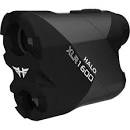
Hale rangefinder provides a high accuracy up to 1600 +/-1 yards. It can calculate the correct horizontal distance at any given elevation. It is an excellent choice for both long-range target shooters and rifle hunters
Specifications:
.Artificial intelligence technology
.Auto pre-training skills in less than a second
.6x Magnification
.Scan mode locks in multiple targets at various distances.
.Water-resistant
.Premium glass lenses
One disadvantage of this rangefinder is that it is difficult to read the information in dim light.
AOFAR HX700H
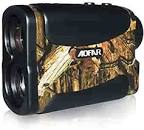
AOFAR rangefinders have been reviewed to give high value for money. They are easy to use and an excellent product for hunting. They can function adequately in a temperature of
10°C~50°C.
Specifications:
.6X Magnification with +/- 1 yard
.Waterproof
.Dust-proof
.Measures up to 700yards.
.Fog mode for hunting in bad weather.
.Have four-mode (range, scan, fog, and speed)
.Can easily see the target with continuous scan
.Lightweight and handy
.110x 75 x45 mm in dimension
WOSPORTS Rangefinder
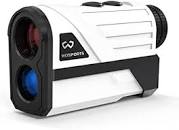
It is an affordable rangefinder and good quality. It is a laser rangefinder, and it is an excellent choice for hunting, climbing, and wildlife viewing.
Specifications:
New speed technology includes a continuous measurement mode for fast and easy measurement.
.Durable
.Water-resistant
.Comes with a premium shell case- 0.3-yard clarity through the lens display
.Ultra-clear
.Easy to read through lens display with distance and battery meter.
.Measures 12.7 x 8.0 x 4.3 cm
.Weight: 223 g
.6x Magnification making your eye see even the detailed picture
.Multilayered optical lens
Are Rangefinders Worth Buying?
Rangefinders are worth buying. We have listed a couple of reasons below: They come with a button that you push then it starts to calculate the clear distance for you in no time. This helps you get rid of any guesswork.
.They provide the most precise reading of the smallest of 18 inches past 1000 yards.
.They can help you to see well if anything else is standing between you and your target.
.They come handy, which means you can carry it with you anywhere anytime.
.They can be used instead of binoculars and provide excellent quality no matter which
rangefinder you buy.
Overall, they are pretty affordable. The price range is from approximately $20-$700. However, most of the good quality ones, which can be suitable for hunting, cost around $200.
Do Snipers Use Rangefinders?
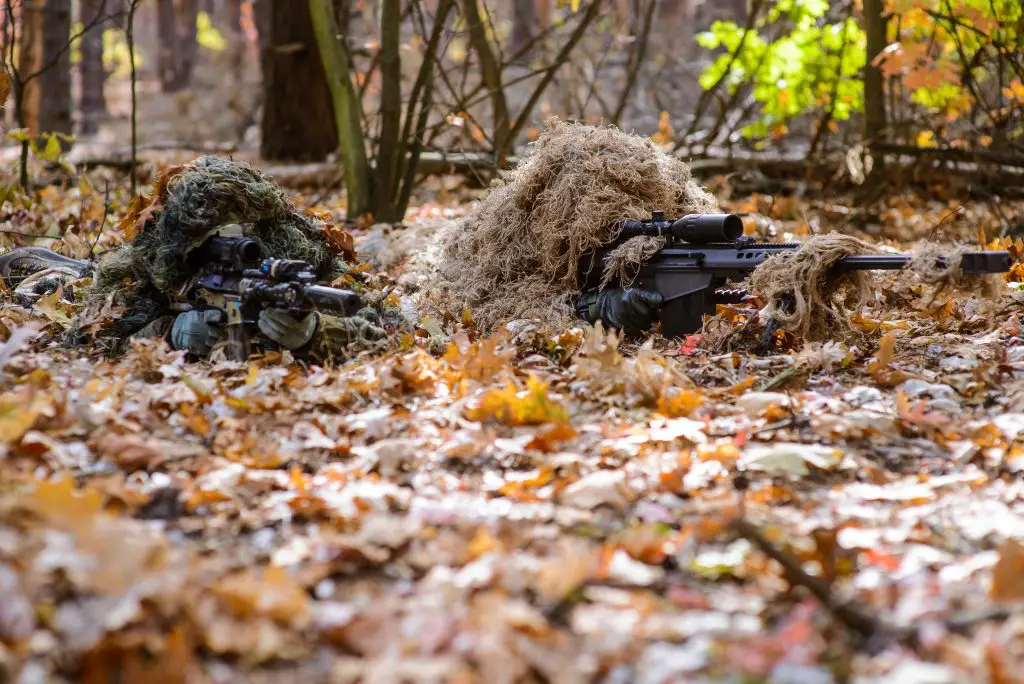
Yes, snipers do use rangefinders!
The military has been using rangefinders for a long time. Most of the military professions use laser rangefinders, except snipers, who use optical rangefinders. The rangefinders used in the military are programmed specially to fit the weapons. For that reason, they are quite expensive for the ordinary user. These rangefinders are incredibly accurate. The more technologically advanced ones have the ability even to calculate the GPS coordinates. The rangefinders subset can be used for forestry and logging operation, too. They have features such as tree height measurement and leaf filters.
How Do Snipers Calculate The Distance?
Snipers use ballistic computers and even modern smartphone apps to calculate the distance. The longer the shooting range, the more critical the accurate calculation of the distance is. If done manually, snipers are trained to estimate well “by the feel” rather than calculate.
They do spend a considerable amount of time in school learning all the mathematics and physics calculations, but in the end, their most valuable school is the firing range.
First, the characteristics of the weapon and cartridge used should be well known. Next, the following are taken into account:
Range of the target – can be estimated using a laser rangefinder or a reference marker.
The angle of descent – it can be estimated using an angle degree indicator that mounts to the scope. For easy reference, most of the scopes have a cheat sheet.
Measure the wind speed and direction – using an anemometer. Or estimate it using the movement of trees, flags, etc.
Air temperature and humidity – Cold air creates more drag for the bullet than hot air since it is denser. Warm air is often accompanied by humidity, which also affects the bullet.
Gravity – the snipers compensate the gravity by “overshooting” the target.
Earth’s rotation – The Earth keeps spinning, and it affects the bullet. For example: if the target is on the east side compared to the Earth’s self-rotation, the bullet will land higher.
Mathematically, the Minute of angle (MOA) is the measurement unit snipers use to calculate the accuracy. The shooting distance and accuracy are indirectly proportional (the greater the shooting distance, the lower the accuracy). The rule of thumb is 1 inch of inaccuracy
per 100 years the bullet travels.
FUN FACT: The bullet from a snipers’ rifle is faster than the speed of sound.
